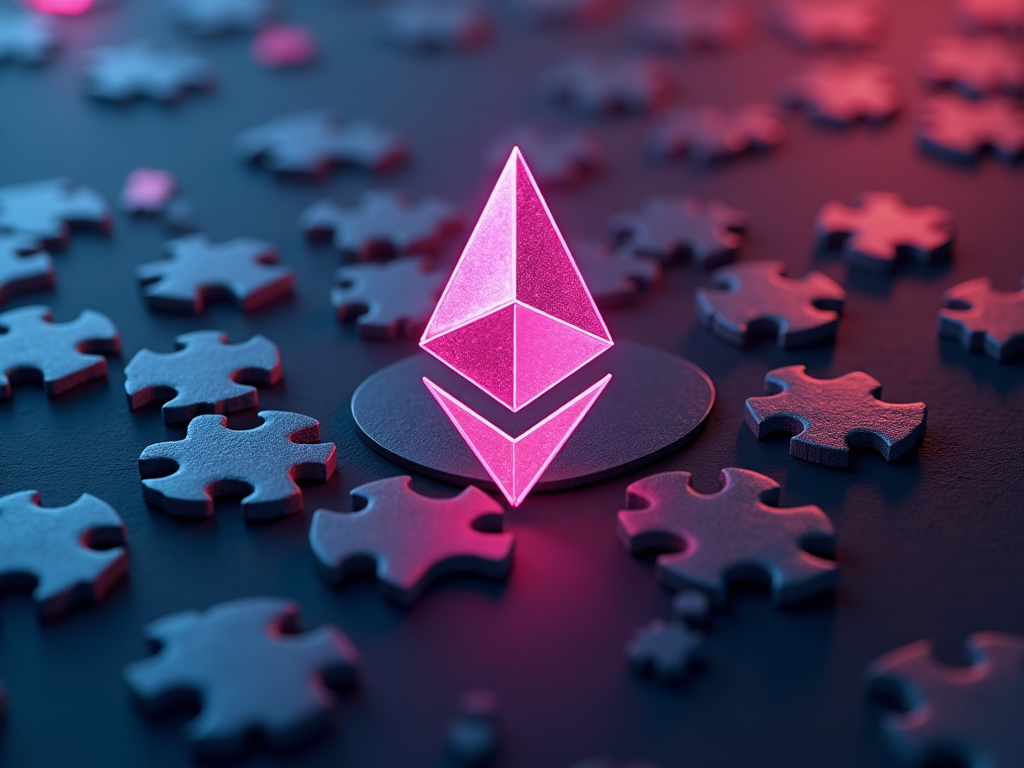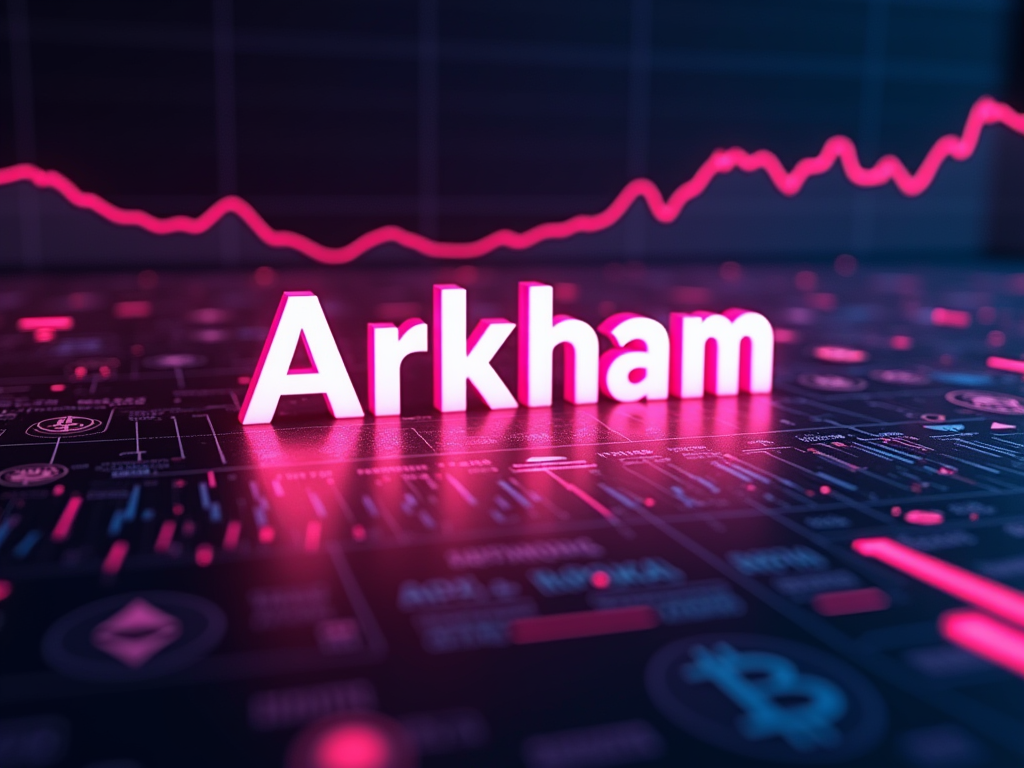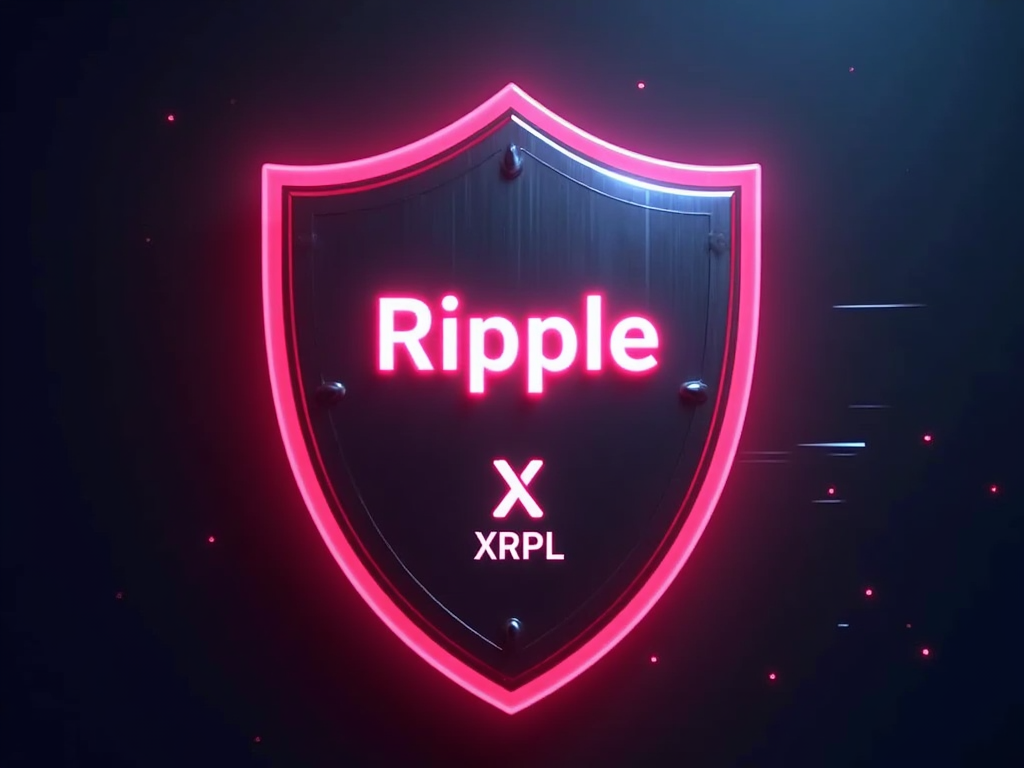Key Points
- Buterin calls for making the concept of “Ethereum alignment” more legible by decomposing it into specific properties and metrics to prevent social layer capture.
- The proposal aims to balance decentralization and cooperation within the Ethereum ecosystem, encouraging projects to compete on clearly defined alignment criteria rather than social connections.
Addressing the Challenge of Ecosystem Integration
In a recent blog post dated September 28, 2024, Ethereum co-founder Vitalik Buterin addressed one of the most pressing social challenges facing the Ethereum ecosystem: balancing decentralization with cooperation. Buterin emphasized the need to ensure that the diverse array of projects within the ecosystem collectively build towards a unified vision of Ethereum, rather than creating “138 incompatible fiefdoms.”
To tackle this challenge, Buterin introduced the concept of “Ethereum alignment,” which encompasses values, technological, and economic alignment. However, he noted that the concept has been poorly defined in the past, leading to potential risks of social layer capture.
Proposed Framework for Ethereum Alignment
To mitigate these risks and provide a clearer understanding of alignment, Buterin proposed a framework that breaks down Ethereum alignment into specific properties and metrics. The key components of this framework include:
- Open source: Emphasizing the importance of code inspectability and reducing proprietary lock-in.
- Open standards: Encouraging interoperability and building on existing and emerging Ethereum ecosystem standards.
- Decentralization and security: Focusing on minimizing trust points and censorship vulnerabilities.
- Positive-sum approaches: Benefiting both the Ethereum community and the broader world.
Buterin suggested that these criteria could be used to evaluate projects, with different weightings applied depending on the specific type of project (e.g., L2s, wallets, or decentralized applications).
Implementing and Evolving the Framework
The Ethereum co-founder called for the emergence of more entities like L2beat to track how well individual projects meet these alignment criteria. He emphasized that this process should remain permissionless and decentralized, with the Ethereum Foundation maintaining a one-step-removed approach.
Buterin also highlighted the importance of adapting these metrics over time as the ecosystem evolves. For example, he noted that the tolerance for “training wheels” on layer 2 solutions has decreased, and there’s now a greater urgency to move to more advanced stages of decentralization.
By making different aspects of alignment more legible and measurable, Buterin aims to create a fairer and more inclusive ecosystem. This approach would allow organizations and individuals to make informed decisions about which projects to support based on clearly defined criteria, rather than relying solely on social connections or influence.
As the Ethereum ecosystem continues to grow and evolve, this proposed framework for alignment could play a crucial role in ensuring that the diverse array of projects and initiatives work together towards a cohesive and decentralized future for the platform.













